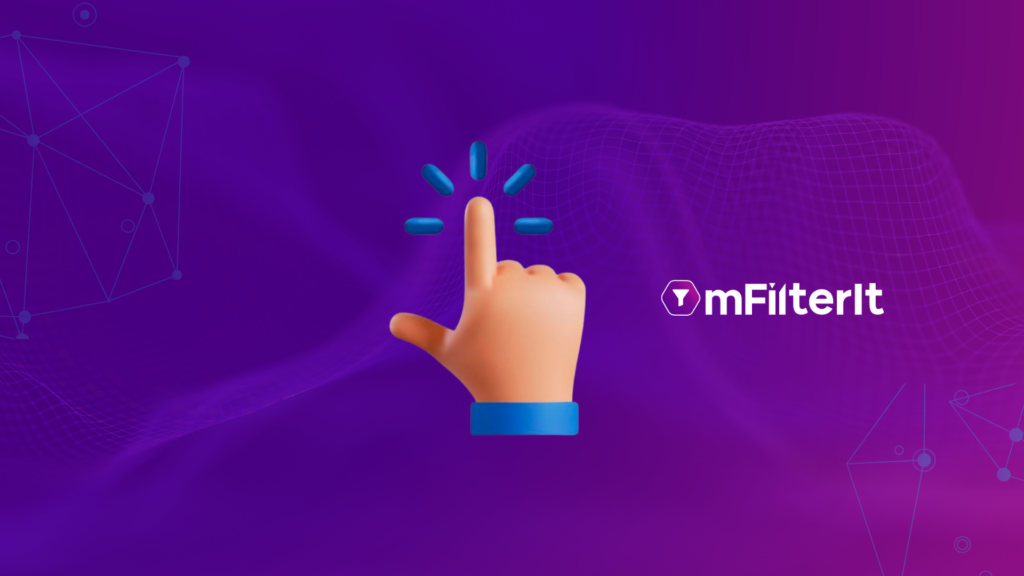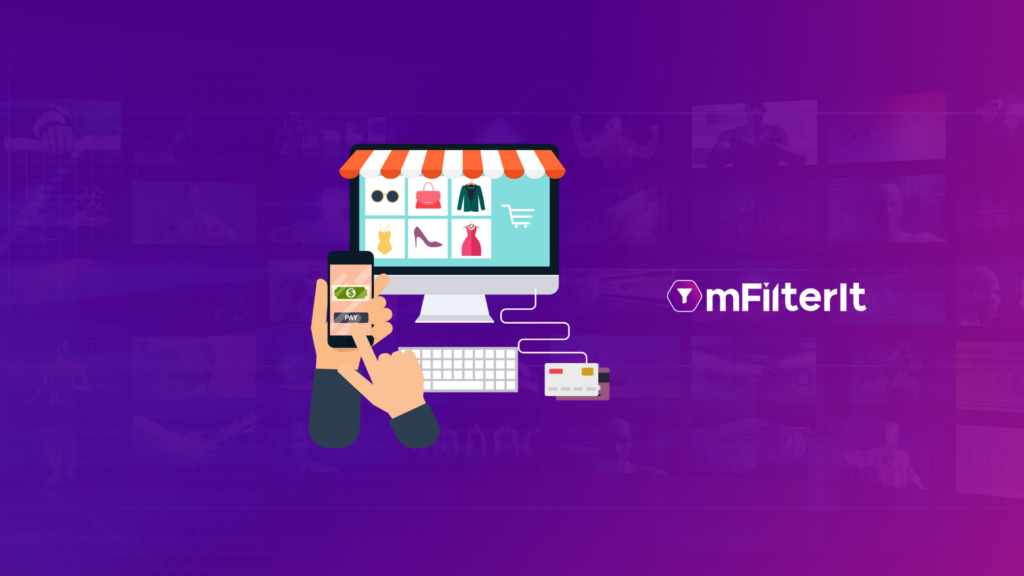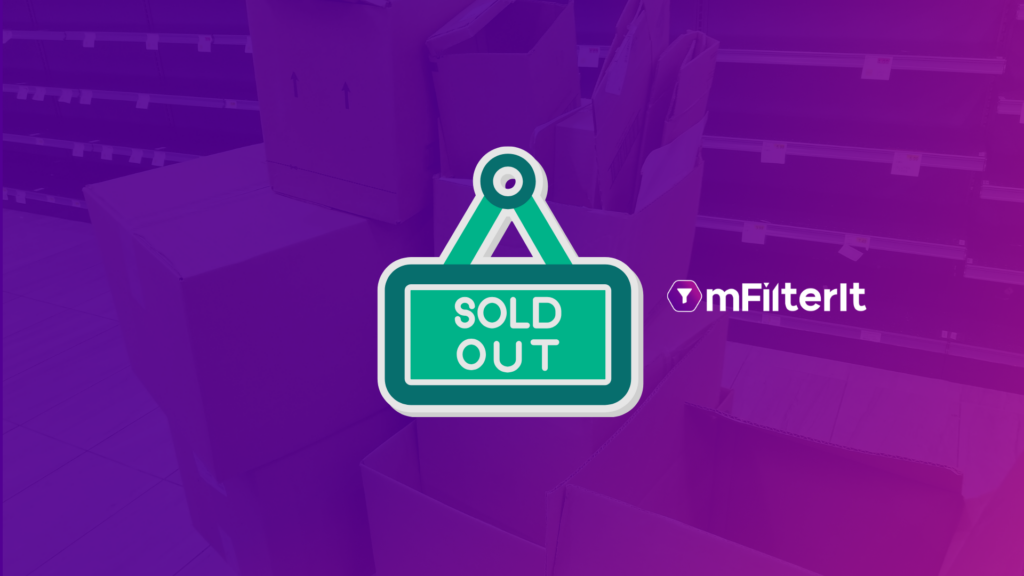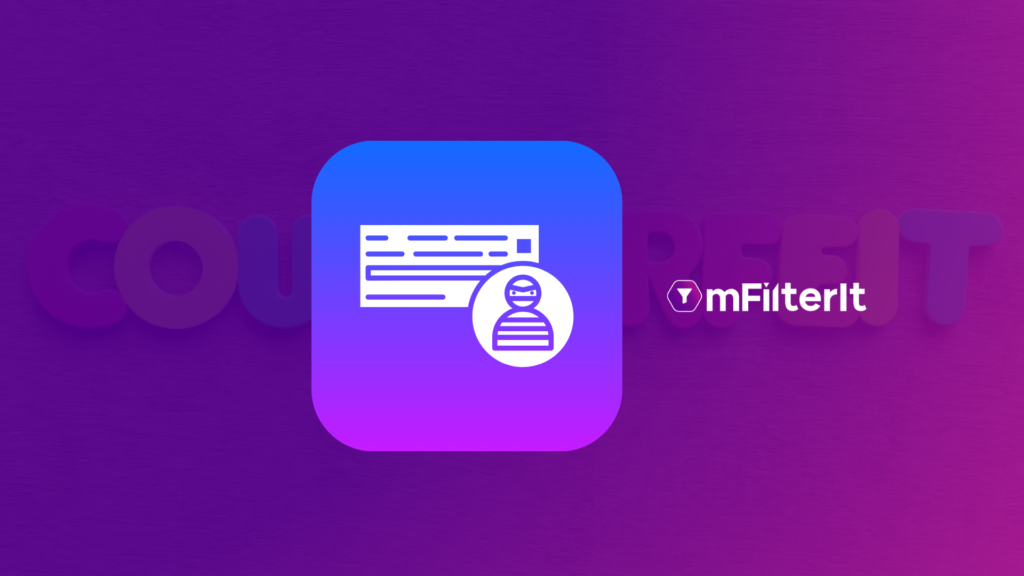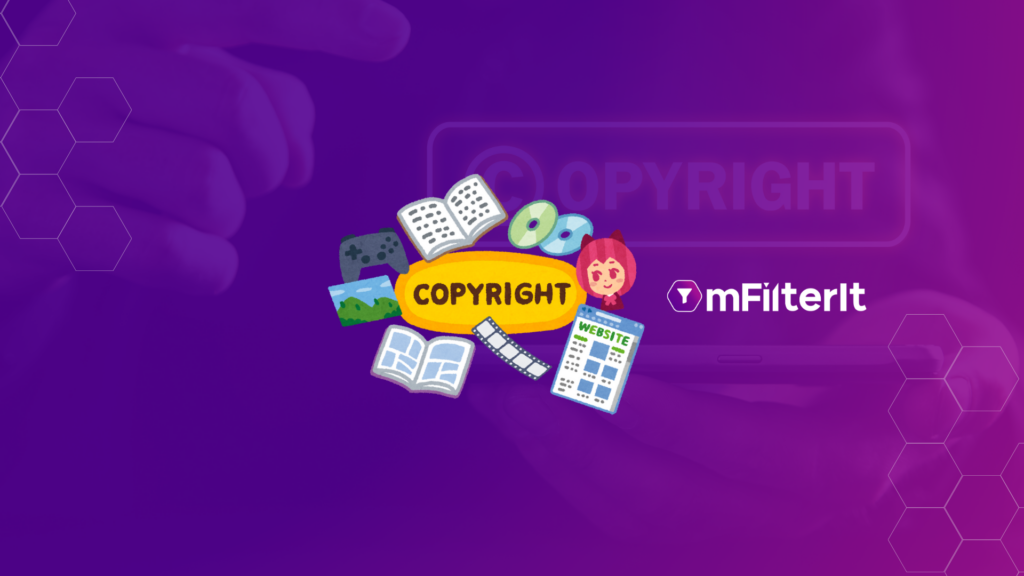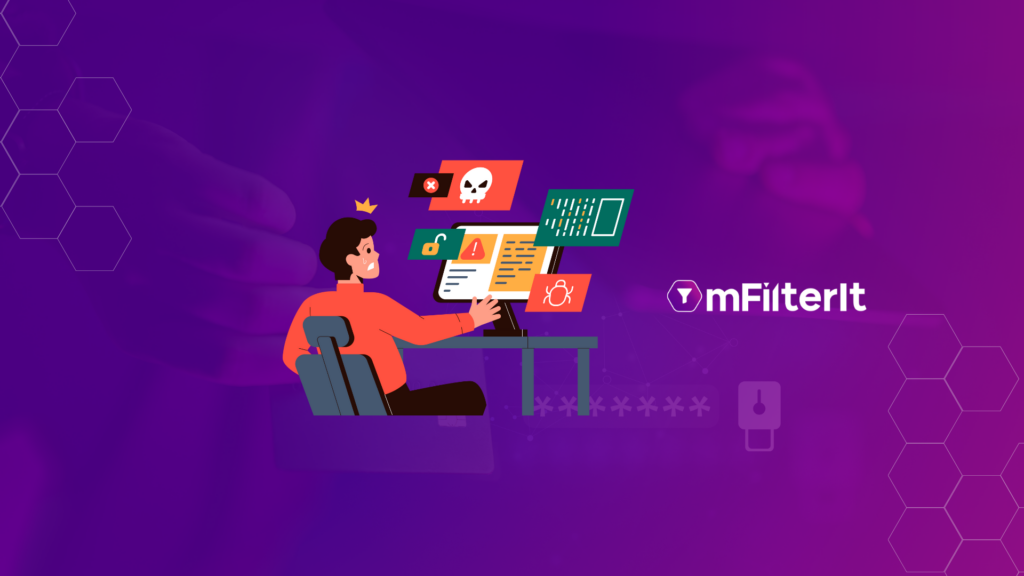Fraud in Affiliate Programs. What Can Marketers Do?
Affiliate marketing is going to stay in online marketing for a long time. But, along with its popularity in the digital marketing space, it has also been impacted by fraudulent affiliates who are willing to dig out money from advertisers. Fraud in affiliate marketing is evolving with time, and fraudsters are finding different ways to scam the merchants. But before we dive into the types of affiliate fraud, let’s start from the basics and understand all about the affiliate program and how it works. What is an Affiliate Program? In an affiliate program, there is an agreement between a business and an affiliate (business or influencer). An affiliate gets paid by the merchant when a visitor redirected from the affiliate link performs a certain action like visits, purchase, or to fill a form. This is usually done through web content, product integration, or social media. Benefits of an Affiliate Program One of the biggest benefits of the Affiliate Program is that it is a low-risk way to promote products. Apart from this, some other benefits of an affiliate program are: It is performance-based It helps to broaden the audience It boosts the reputation of the brand It is cost-effective It helps to rapidly scale the traffic How does an affiliate program work? In an affiliate program, there are three parties involved in the arrangement: The customer The affiliate site The advertiser site The affiliate program process starts with a contract between the online advertiser website and the affiliate website. According to this, the merchant will pay a commission to the affiliate for sending traffic to their website. Moreover, the agreement also includes the information related to the number of people the affiliate sends to the merchant site or the number of people performing some action like purchasing or filling a form. Affiliate marketing is an easy and effective way to sell products online and helps marketers to spread the word about their business or website. How is it different from an affiliate network? An affiliate network is a well-established platform that has access to a database of members. It enables the marketers and the companies to connect with influencers directly for promoting their products. Whereas an affiliate program is a platform where a marketer has complete control over the entire process. They can set up the rules and the commissions they are willing to pay the affiliates. Things to remember before working with affiliates Ensure to pick affiliates wisely: When choosing your affiliate partner, ensure to inquire and ask for important information. Some of the essential things to focus on are the industry they are part of, traffic estimates, and website URLs. Also, before going forward, ensure to explain the terms and conditions. Set your brand standards right: Ensure to provide the guidelines to the affiliates for representing your brand. Along with this, provide an overview of the brand’s demographics, ideal target audience, and shopping habits. Monitor the affiliate campaigns: Although it seems that the affiliates are trustworthy, it is important to keep a track of the promotions. The marketer must use tech tools to analyse the performance of the affiliate campaigns and promotions run by the affiliates. Keep a context check: Ensure to keep a check on where your ad is appearing. If your ad is appearing on controversial or offending content, it can directly impact the reputation of your brand. Check how you’re promoted: In addition to keeping a check on the placement of the ads, it is also important to check the context of the affiliate’s website content. Appearing on a website with poor and misleading content or a bad design can lead to further damage to the brand’s reputation. Beware of ad fraud: Ad fraud not only drains the advertising budget but also impacts the brand reputation. Due to various techniques of ad fraud, the ads may appear on shady and low-quality websites. It is essential to keep a check on unusual activities and take necessary actions. Fraud on Affiliate Bypassing Strict Checks The fraudsters have various techniques to take out money from the marketers. In affiliate marketing, cybercriminals bypass strict checks provided by the merchant site. One of the common ways to manipulate a marketer is through domain spoofing. The fraudsters replicate a URL of a legitimate publisher and gain the trust of the marketer. Some other methods of ad fraud in affiliates are cookie stuffing and account takeover. In some cases, the fraudsters also plant bots to generate fake clicks, conversions, and transactions. Keyword Bidding Another common way to dig out money from advertisers is by misusing the technique of keyword bidding. In performance marketing, anyone can bid on brand keywords. To flush out money from advertisers, affiliates bid on brand keywords and take back the user to the website. But instead of it being an organic user, it will be an inorganic user and the affiliate partner will be considered as the last attribution source. In addition to this, the advertiser will now pay more to the search engines to bid on their brand keywords as the demand for the keyword increases. In this way, the advertiser eventually has to pay a commission to the affiliate for an organic user that eventually would have reached the website and more money to the search engines for their brand keyword. Fake Social media groups Some fraudsters also use social media platforms like Facebook, Instagram, and Twitter to trick people into clicking on affiliate links by offering shiny offers and discounts. When the users click on that link, they are taken to a malware-affected website that can hack their system to extract personal information. In another case, the user might purchase from that fraudulent link and never receive the product. In both cases, the advertiser is directly impacted by the fraudsters. In the first case, they are losing potential customers and in the second case, the users lose trust in the brand which further impacts its brand reputation. Incorrect messaging to fool customers There are some cases where we have seen ads promoting
Fraud in Affiliate Programs. What Can Marketers Do? Read More »


